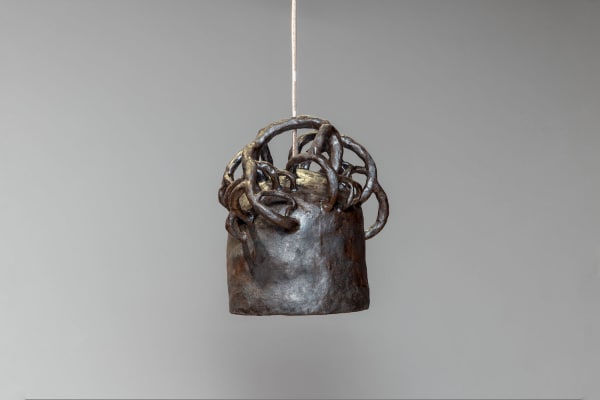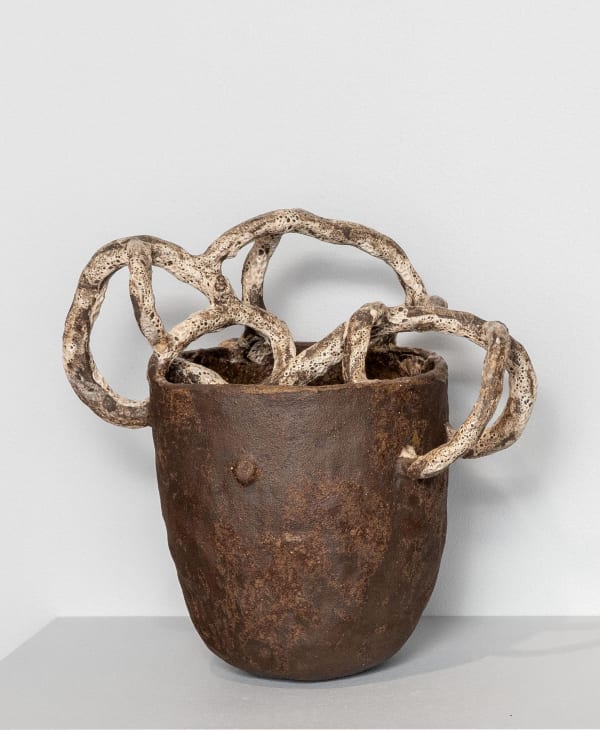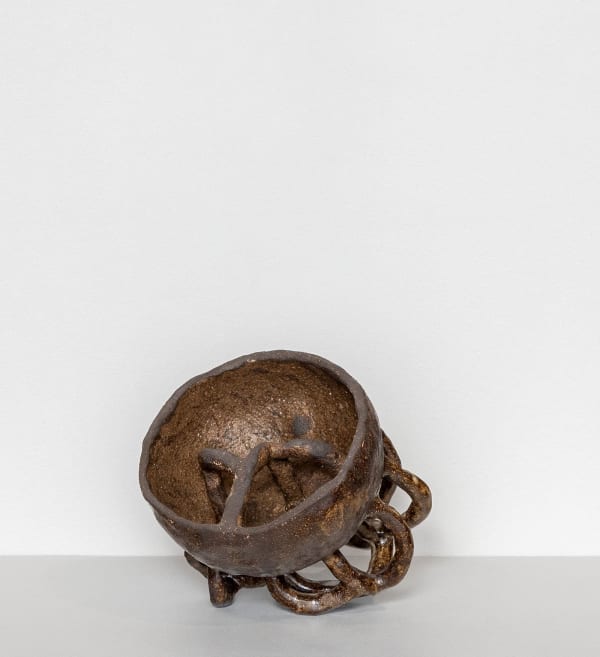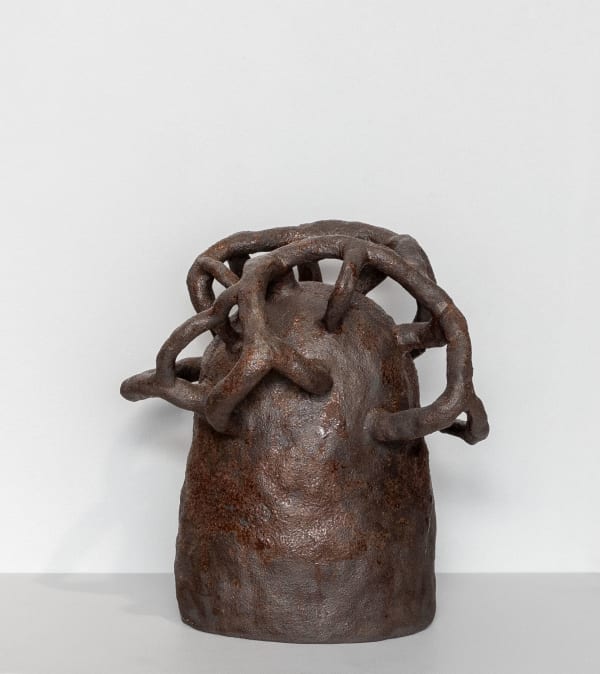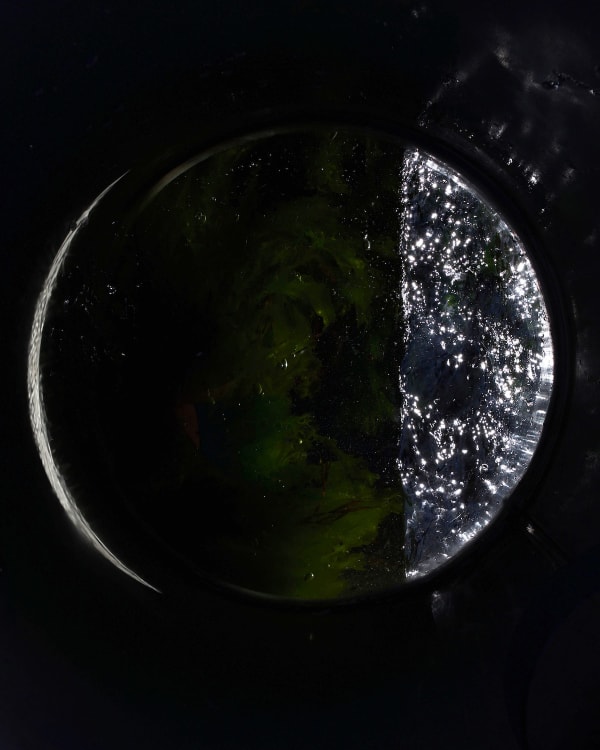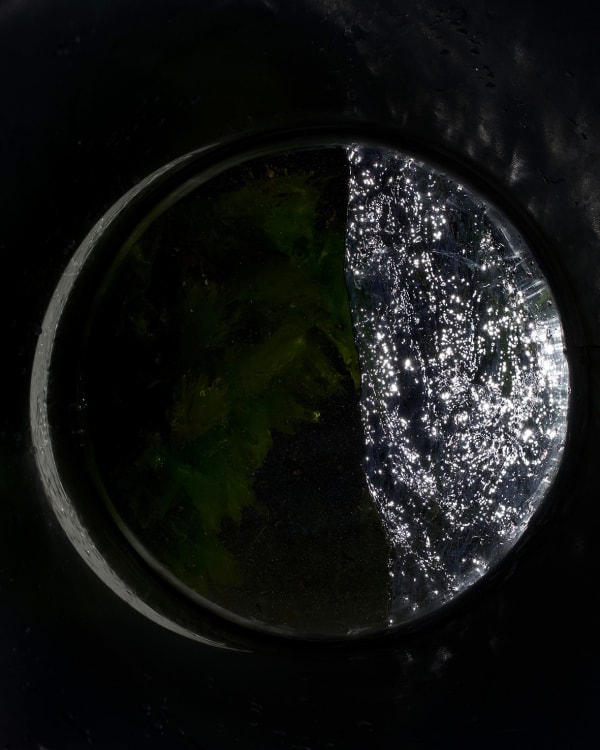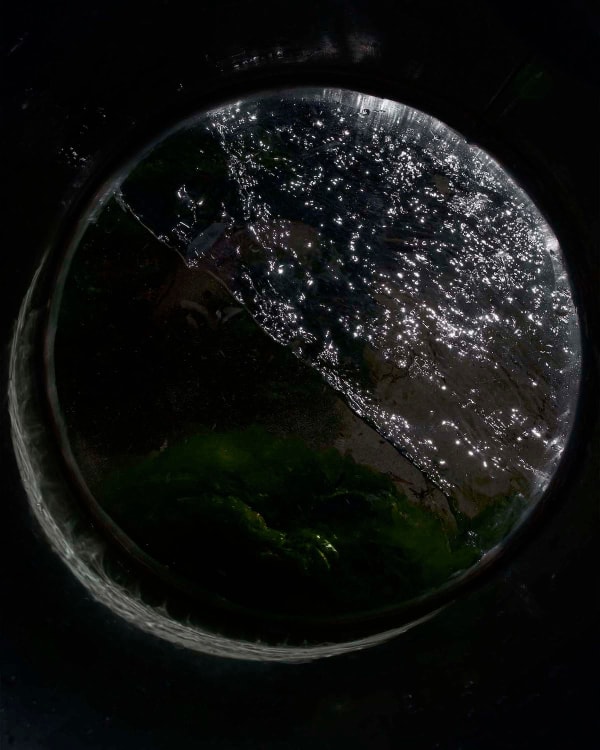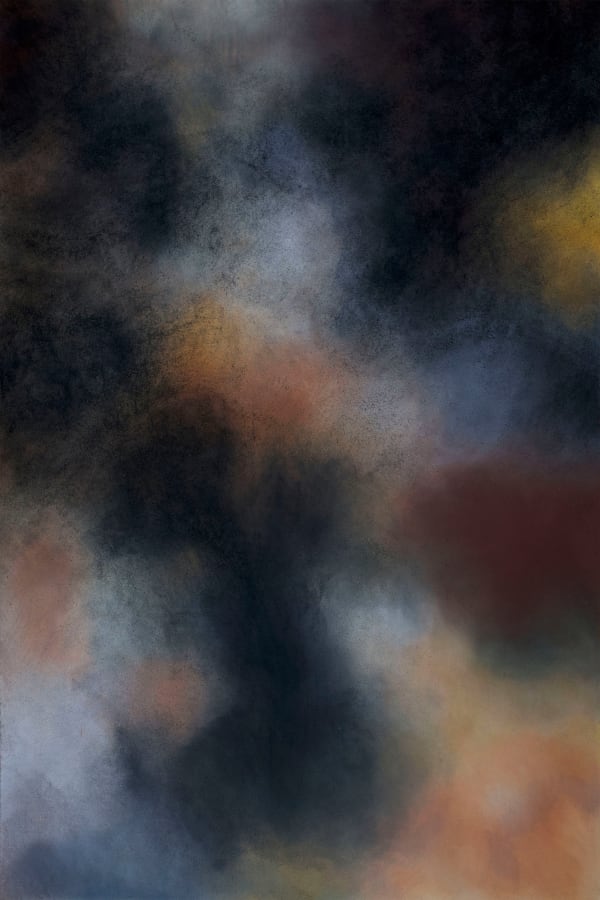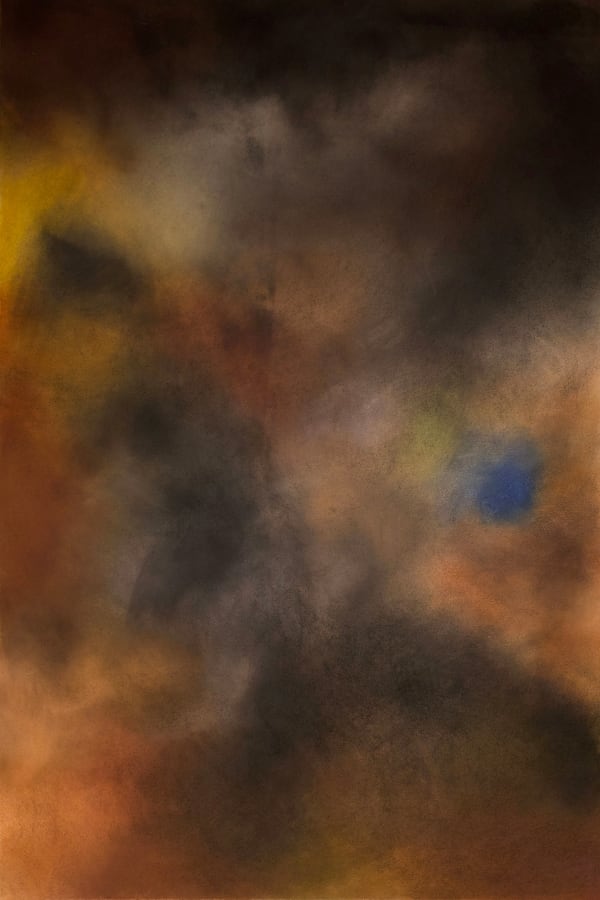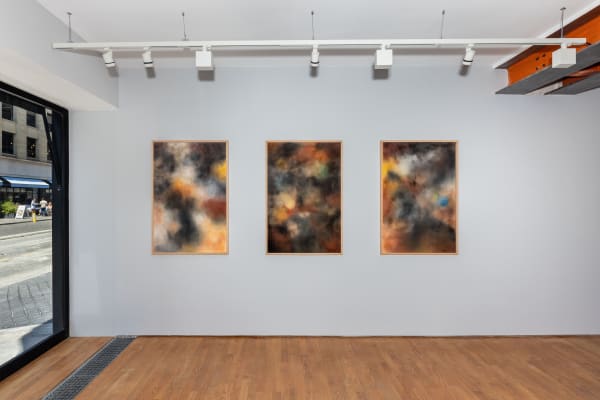Camille Pradon Oullins, b. 1993
Camille Pradon is a visual artist working between Paris and Tunis. Using the image as a sensitive material, she conducts in-depth research on the concepts of displacement and fragmentary narratives. From video, installation, photography to drawing and ceramics, Camille Pradon fosters a formal language that plays on the porosity between mediums. Her work is regularly exhibited in France and abroad, including at the Manchester Museum of Natural History (UK), Cité internationale des arts and Villa Belleville (Paris), Lyon Contemporary Art Biennale, the Gabes Cinema Fen Festival (Tunisia) and the Wallonie-Bruxelles Centre (Paris). Her essays are part of various art publications including Le Magazine du Jeu de Paume and Point Contemporain. Camille Pradon graduated from the Higher School of Art and Design of Saint-Étienne in 2015, and studied at the Accademia di Belle Arti di Bologna, Italy. In 2020 and 2021, she held a residency at the Cité internationale des arts de Paris, the Villa Salammbô from the French Cultural Institute of Tunisia and the Grand Tour Residency Program from French Cultural Institute Italia.
-
 Pietà, 2022View more details
Pietà, 2022View more details -
 Pierre de veille #2, 2022View more details
Pierre de veille #2, 2022View more details -
 Pierre de veille #1, 2022View more details
Pierre de veille #1, 2022View more details -
 Lignes écrites, 2021View more details
Lignes écrites, 2021View more details -
 Lignes écrites 9, 2021View more details
Lignes écrites 9, 2021View more details -
 Anapnoï #1, 2023View more details
Anapnoï #1, 2023View more details -
 Anapnoï #4, 2023View more details
Anapnoï #4, 2023View more details -
 Anapnoï #3, 2023View more details
Anapnoï #3, 2023View more details -
 Anapnoï #5, 2023View more details
Anapnoï #5, 2023View more details -
 Lignes écrites #00, 2021View more details
Lignes écrites #00, 2021View more details -
 Approche de la parole #1, 2023View more details
Approche de la parole #1, 2023View more details -
 Loin de leur jardin, 2023View more details
Loin de leur jardin, 2023View more details -
 Miroir #1, 2023View more details
Miroir #1, 2023View more details -
 Miroir #2, 2023View more details
Miroir #2, 2023View more details -
 Miroir #3, 2023View more details
Miroir #3, 2023View more details -
 Sans-titre, Radiance I, 2023View more details
Sans-titre, Radiance I, 2023View more details -
 Sans-titre, Radiance II, 2023View more details
Sans-titre, Radiance II, 2023View more details -
 Sans-titre, Radiance III, 2023View more details
Sans-titre, Radiance III, 2023View more details
-

Sol absolu
Camille Pradon 31 May - 17 Sep 2023lilia ben salah gallery is pleased to present Sol Absolu a solo show by French artist Camille Pradon, from May 31 to September 16, 2023. The elements have a very...Read more -

Positions and Points of View | Partis Pris et Points de Vue
Group Show 8 Sep - 9 Oct 2022Positions and Points of View By Natasha Boas Ph.D, International Curator Lilia Ben Salah presents Positions and Points of View, the inaugural exhibition of her new gallery centrally located in...Read more








